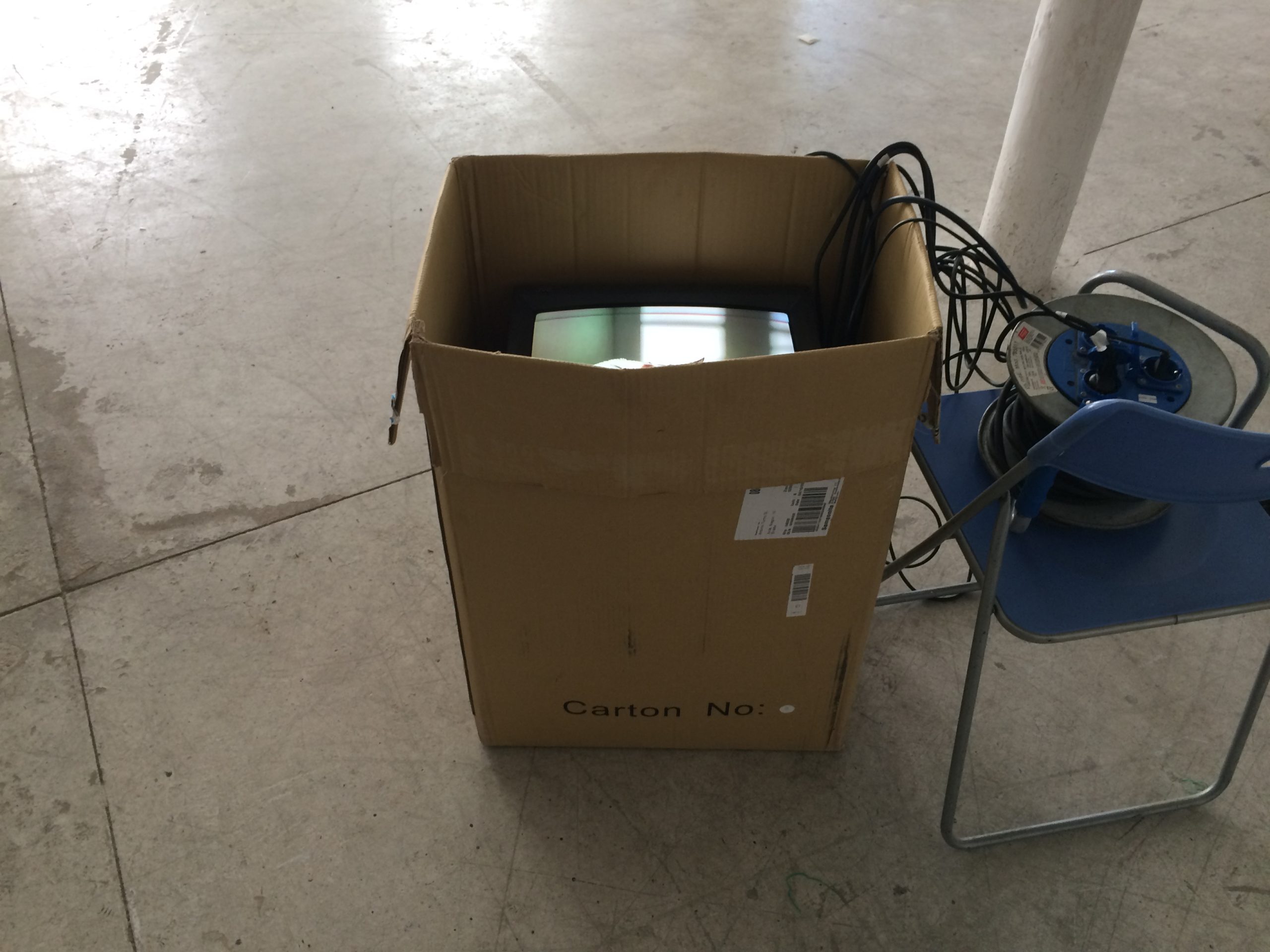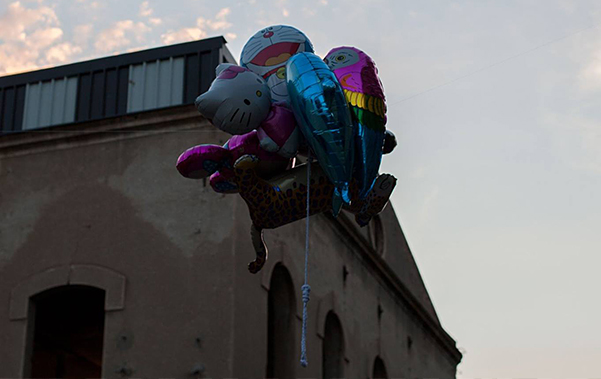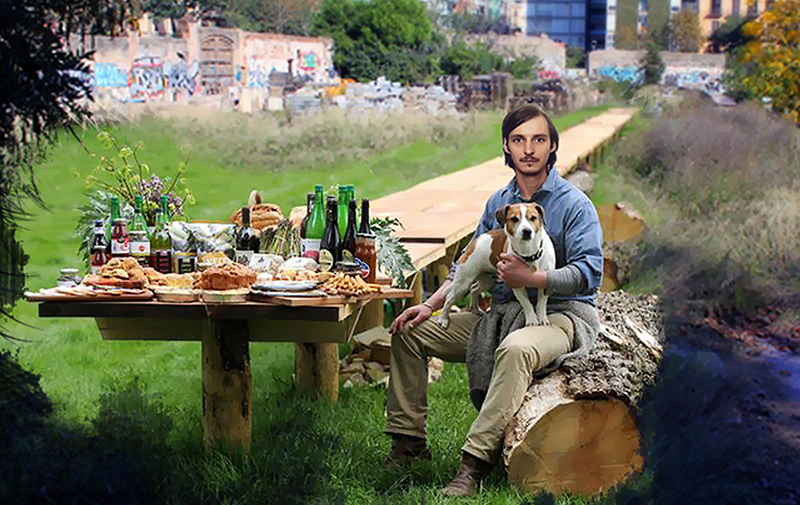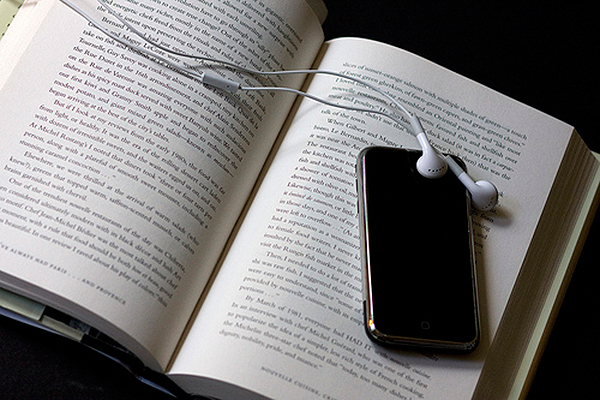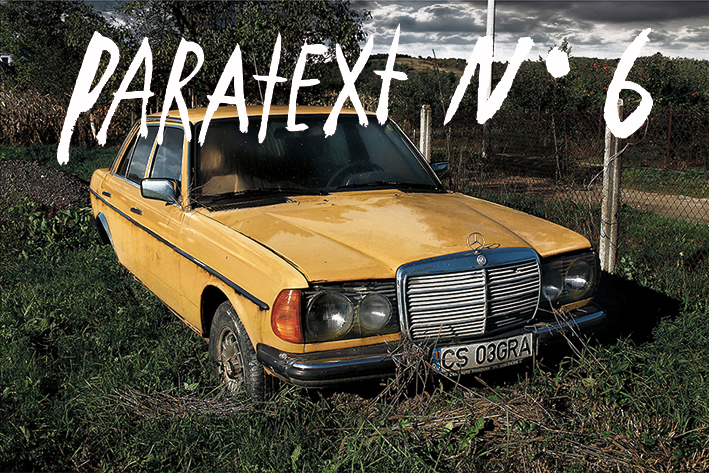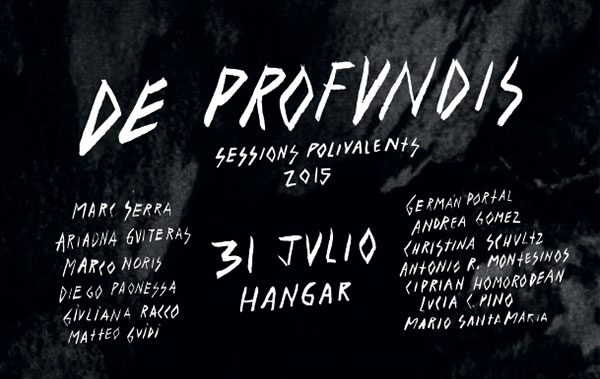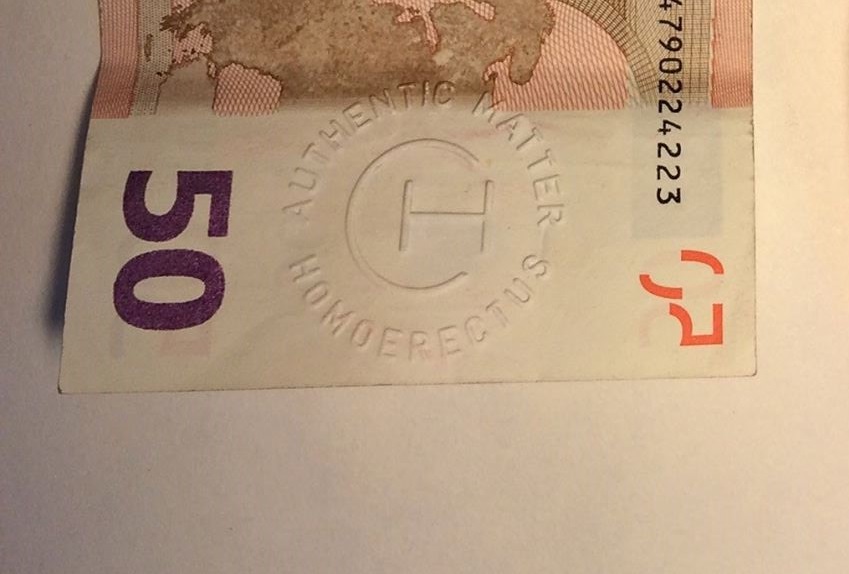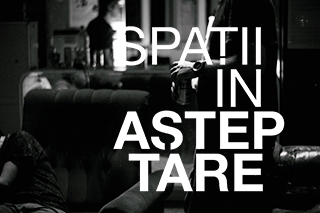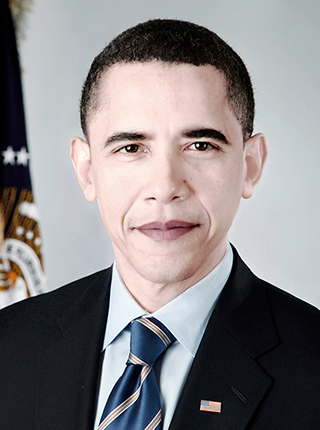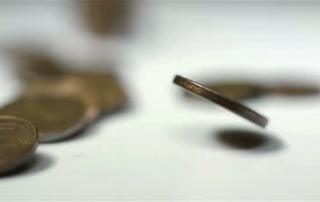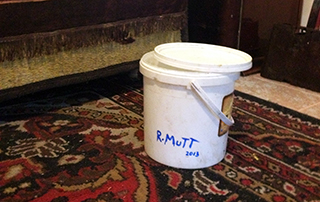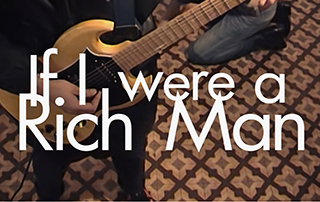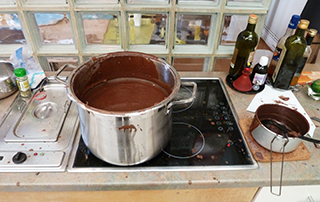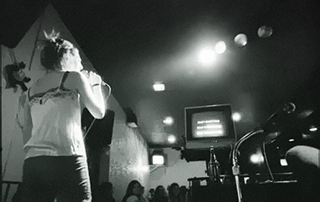(edited transcript)
Hangar/ Barcelona/ 15 OCT 2015
“For Paratext I decided not to talk about a work in particular… I wanted to focus more on the act of my presentation itself, a para-PRESENTATION in a way… to put the focus on the work involved in artists’ presentations.
As an artist you have to write presentations all the time… calls for project, prizes, curators, galleries… everybody wants a bio and a statement in the dossier… Preparing them can be -and it is- very difficult. You have to become a writer and theorize about your work while try to convince your public that your work is good…
Some years ago, my gallerist –for whom I had already written a statement- asked me to do a video presentation for an internet art fair. Visitors would log-in and see me speaking about my work… hopefully there would be some collectors among them. The idea was to sell my works, so I had to do it right. This happened in the first week after I arrived to Barcelona. When I recorded this video, I didn’t have a flat yet, I didn’t know anybody and still didn’t know my way around the city. But it had to be done quickly – it was very stressing.
Actually, my experience with presentations and public speaking has always been stressing.
Even preparing for days or weeks …when I’m in front of the pubic, all goes blank.
Art works as a language in itself. It’s one thing to know what you want to say with your works and another one to talk or write about your work in general, about your philosophy of life. And it has to be in English most of the time, which makes this even harder. Mladen Stilinović was right: “An artist who cannot speak English is no artist” (1994).
Even now, this is another difficulty. My English is not so perfect, that is why I choose to read from this paper and not talk freely…
Anyway, I am now going to demonstrate what I’m talking about with this video. It’s a series of attempted and failed presentations I recorded; it’s not an art project. All the time I knew I was doing this presentation for the market, I had to convince potential collectors.
The cut in the middle of the video is the part where I describe the works I was showing at the fair… It’s not the subject, but briefly, what I was trying to sell here was my shit alcohol and a money work, the end of the rainbow (I can tell you more in my studio later if you’re interested).
At some point, the recordings were lost… then I found them in an old drive and decided to edit them for this presentation. In all, I probably tried more than 50 times before I made the final version and sent it to my gallerist.
Maybe I will use them again in a future project… this Paratext session seemed a good place to test the idea. Also, it gives that painful moment a different life.
Thinking about presentations, I thought that in some way they are the self-portrait of today, like selfies. The artists of the past didn’t discuss the hermeneutics of their art… the only time they were perceived by the public eye was in their biographies, or in the self-portrait, where they were seen as part of the art work.
Artists have written and spoken a lot about their works since then, but the kind of presentation I’m talking about is not the same. Today we are expected to produce statements and presentations in order to enter the market and sell our works. Or to enter the institutional art world and try to build a name. Both are necessary in the end. But this exercise requires time and a special talent. It’s like showing off the goods… you have to present the good arguments to justify your value, using a language that is not traditionally used in art.
To finish up, I would like to invite you to do a selfie in a Perfect Selfie Mirror… it’s a mirror I made during my residency at Hangar that was also presented at the Bienal de Jafre (“Libertas”), in 2015. Its title is WYSIWYG (what you see is what you get).
Thank you.”
